A Large rodent can measure up to 40cm in length. Fur colour can vary but is generally dull grey in colour.
Rats are omnivorous and whilst they generally feed on cereals and grains, if hungry they can take small chicks and eggs. One of the main characteristics of Rats is that they are Neophobic very wary of anything new and they can take 4-5 days before they accept a new object into their environment. They prefer small enclosed spaces and get around by smell and touch. They like to be up against something as they travel like a wall or pipe. Contrary to popular beliefs regarding Rats being dirty they are in fact very clean animals and spend up to 20% of their time grooming. They are however carriers of a number of diseases, the most publicised of which is Weils Disease which can be fatal to humans. Rats take between 2-3 months to reach sexual maturity and can have up to 7 litters per year with the average litter size being about 8. The other UK rat is the Ship Rat or Black Rat which is now very rare and restricted to a few localised port sites.
For fast, effective, tailored treatment and quotation please give us a call on 07960082925
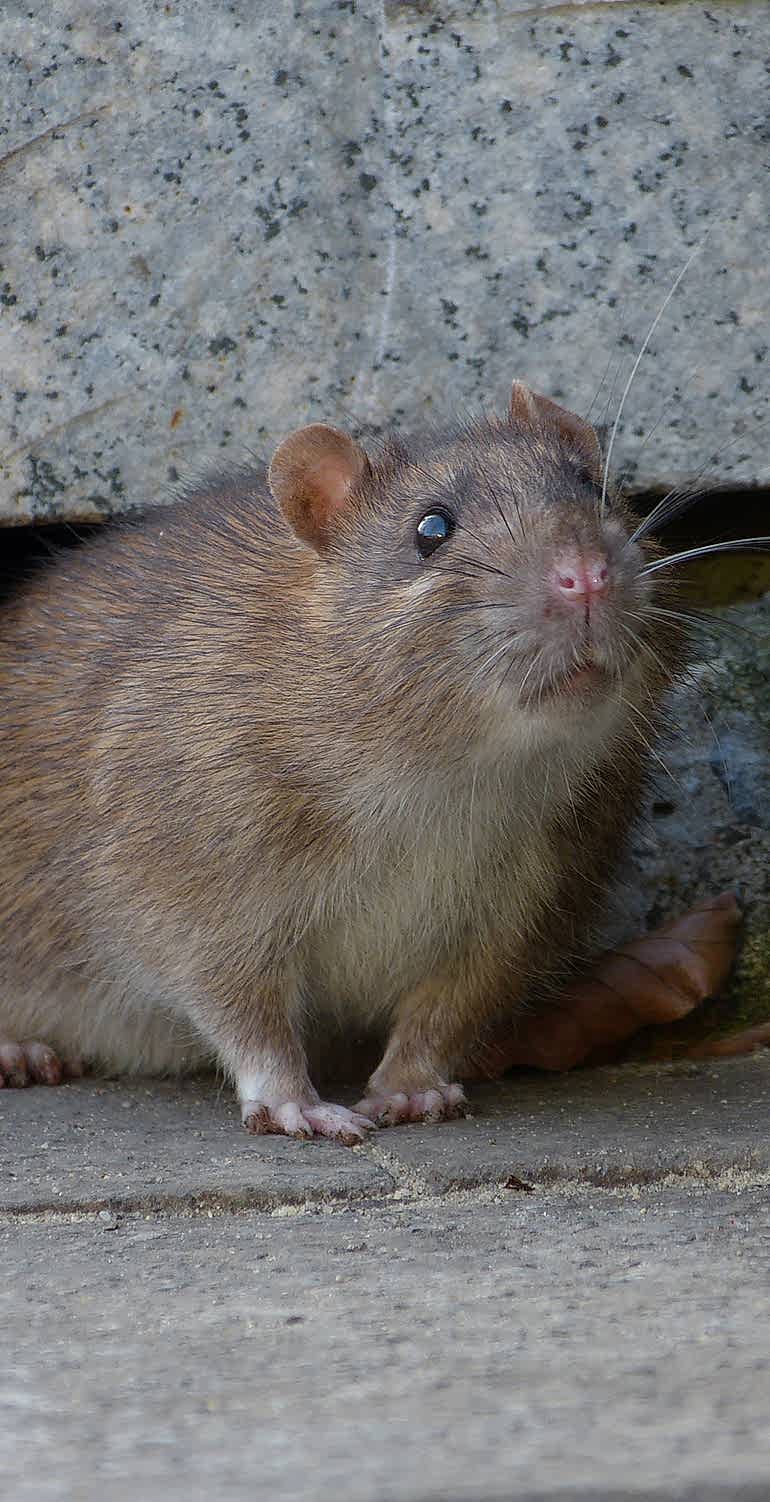
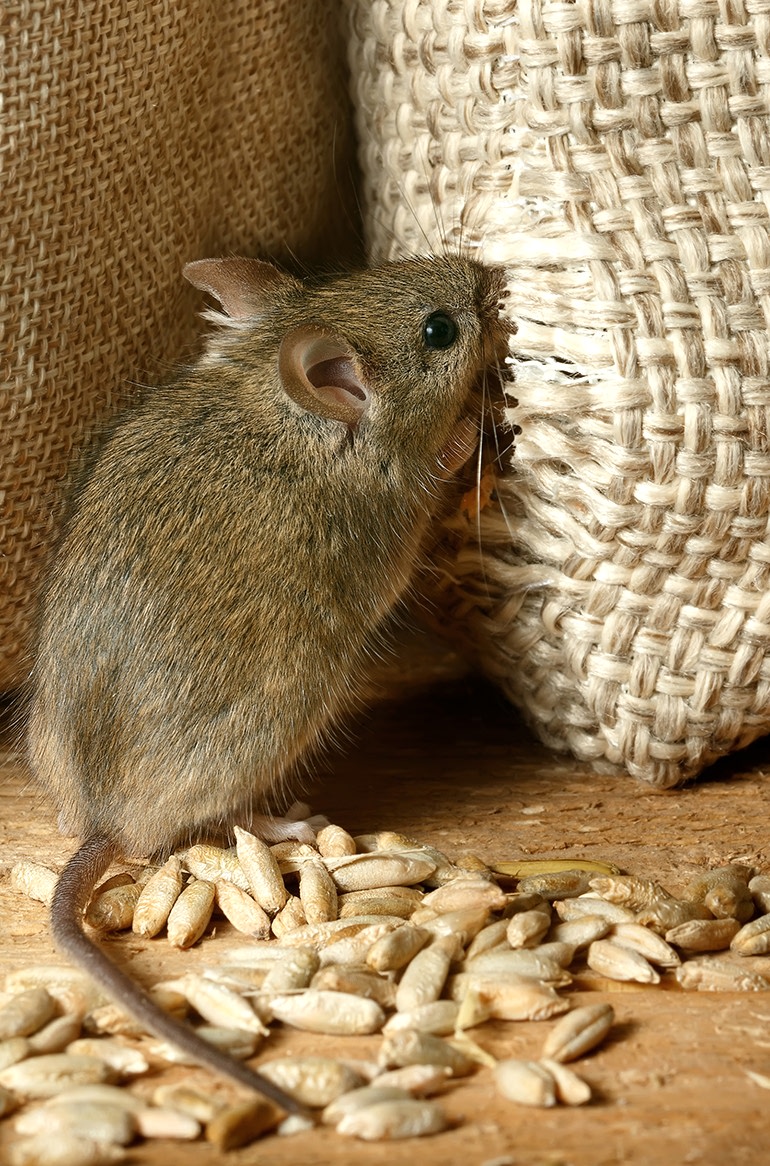
A Small rodent with grey/brown fur, grow up to 90mm in length and weighing less than 20 grams. Colour is generally uniform with the belly being slightly lighter and the tail typically about 75% of the length of the body.
Mice are omnivorous and are good at adapting to local environments but generally in rural environments eat cereals, seeds etc, where they consume an average of 2-3 grams of food per day. Whilst they will drink free water they can in many cases survive without it, obtaining sufficient moisture from their food. Mice will typically live up to 1 year, reach sexual maturity in 6 weeks and can have as many as 8 litters per annum with the average litter size being about 5.
For fast, effective, tailored treatment and quotation please give us a call on 07960082925
It is now a familiar sight across much of the UK, The grey squirrel is non-native. It was first introduced from America in the late nineteenth century. It is largely blamed for the decline in populations of our native red squirrel (Sciurus vulgaris) although in truth, this also has as much to do with the disappearance of the red squirrel’s natural woodland habitat, as it does with competition. The introduced species is larger than the red squirrel, with largely grey/brown fur, and a white belly.
Grey squirrels are active during the day and are omnivorous, feeding on seeds, nuts; insects, bird eggs and increasingly adapting to match many of the foods that man may discard. Squirrels are well-known for their habit of hoarding food in autumn to see them through the harsh winter months. Breeding takes place in December to February, and again in March to May. The gestation period is typically between 6 to 7 weeks and on overage two litters are produced each year, consisting of 1-8 young. The average lifespan is 8-9 years
For fast, effective, tailored treatment and quotation please give us a call on 07960082925
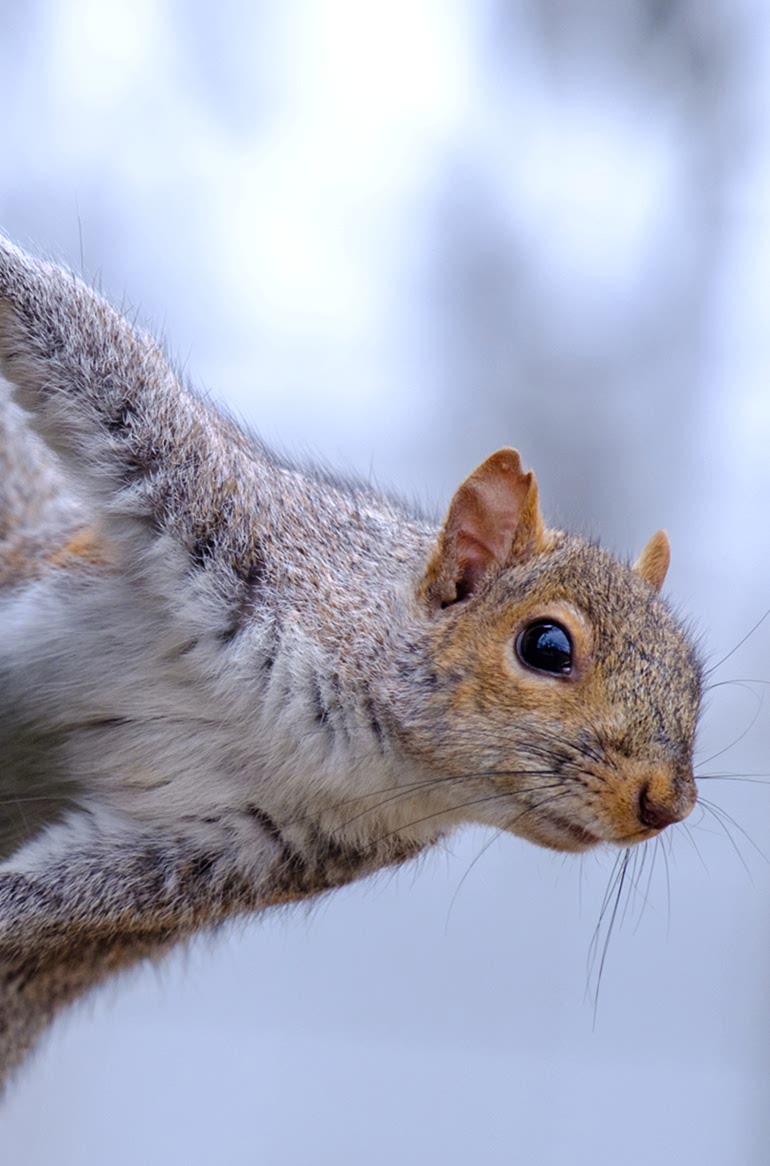
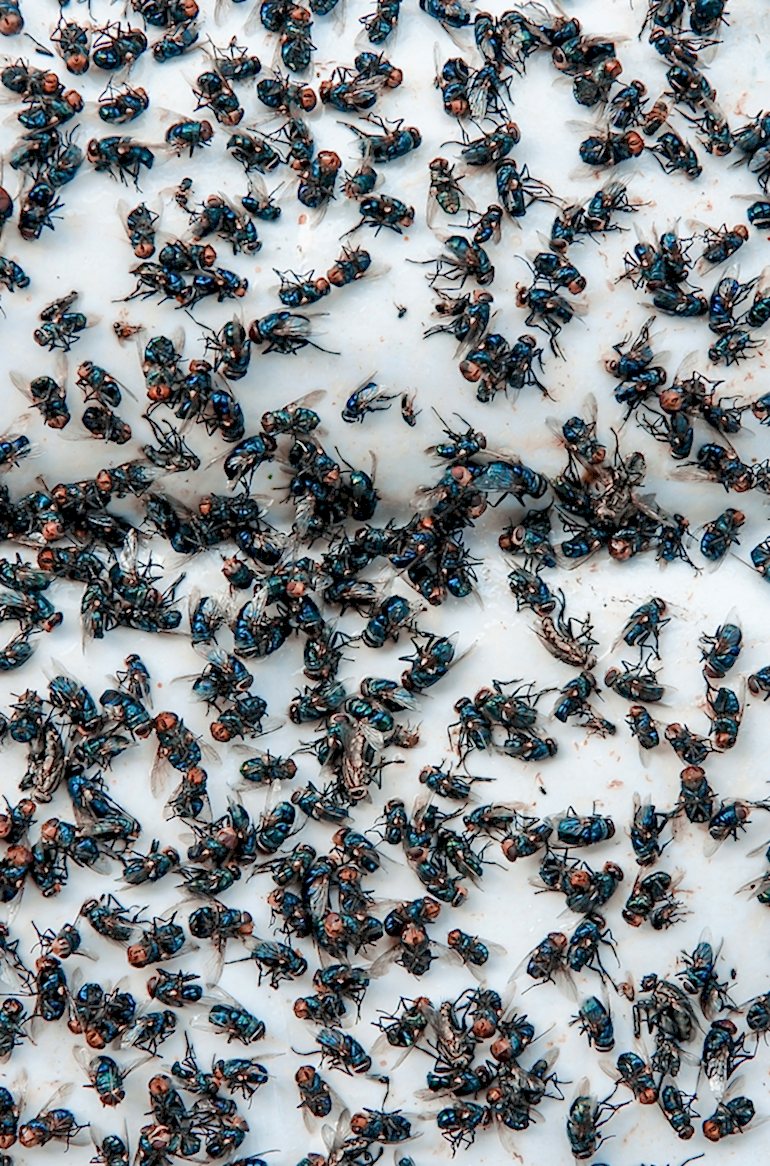
At about 9mm long, the cluster fly is slightly larger than the common house fly. The thorax is dark olive grey, with fine golden hairs which can easily be rubbed off. There are no distinct lines or stripes behind the head and the abdomen has irregular light and dark grey areas.
The female lays eggs in the soil near the burrows of earthworms. The tiny maggots that hatch from the eggs seek out earthworms to feed upon. As cold weather progresses, adults seek protected places to spend the winter, particularly during September and October (activity can often be noted again in early spring). In many cases the flies seek shelter within walls, roof voids and attics, usually returning to the same building year after year and often favouring south facing buildings.
The adult flies are very small insects, about 3mm long. Body colour is usually a light yellow to tan colour and the abdomen is grey underneath. A common characteristic of the flies is distinctive red eyes.
Female fruit flies lay their eggs on the surface of rotting fruit, fermenting juices, soured milk etc. Fruit fly larvae feed on the yeast organisms and fungi growing in the fruit and vegetable materials. Through their feeding efforts, they soon turn their food into a semi-liquid mess and given their biology, they are a common pest in pubs and commercial kitchens
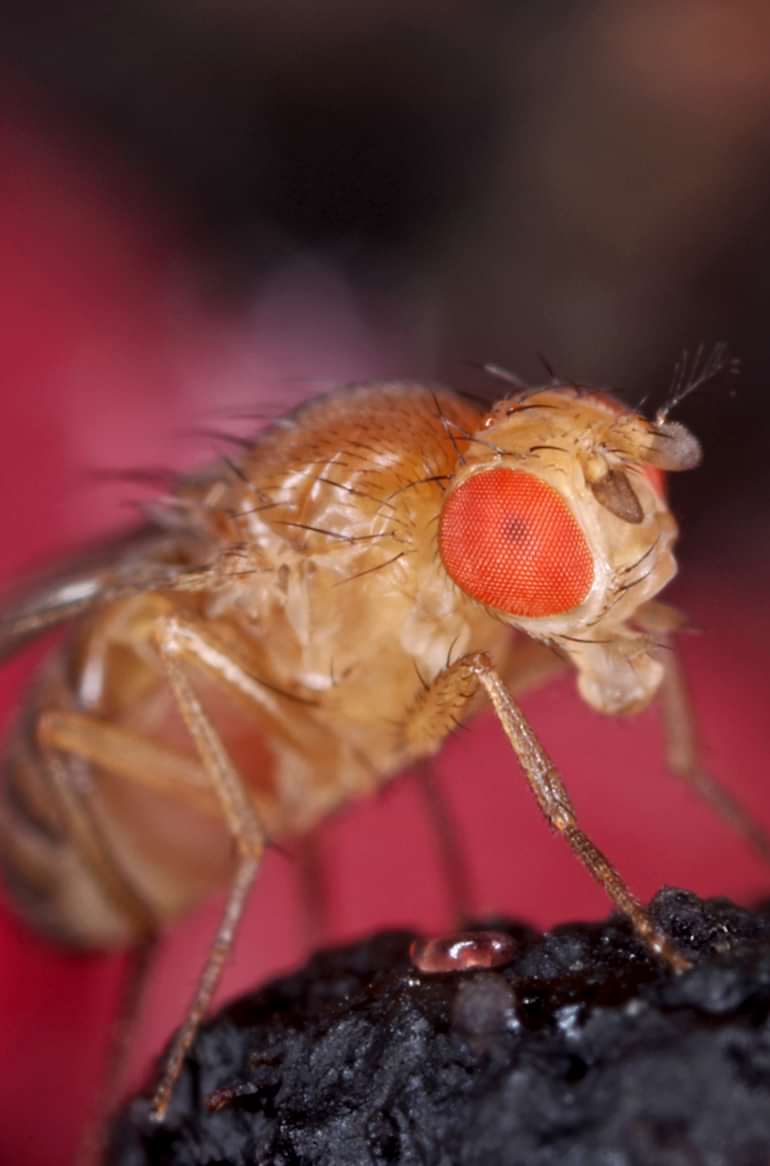
Adults: 2mm, wings are almond shaped and the flies are very hairy. They are frequency mistaken for small moths once the wings are held roof-like over the body when at rest. They are weak fliers and often appear to be jumping or hopping.
Filter flies are often associated with moist, highly organic areas such as sink drains, sewage treatment facilities, storm drains, dung and rotten vegetation. Each female can produce about 100 eggs and, under optimum conditions, development can be completed in two weeks.
For fast, effective, tailored treatment, please give us a call on 07960082925
Typical worker ants are 3-4mm long of a brown/black colour with elbowed antennae and biting mouthparts. The queen tends to be much larger at about 10mm.
Garden Ants usually nest outdoors in lawns, flower beds, beneath paving flags and at the base of walls. Premises are usually invaded by worker ants foraging for food, especially sweet foods. During summer, winged females, the Queens and males leave the nest on one or two warm afternoons and take flight. During this flight, which may only last for 2-3 hours, the ants mate. The formation of a new colony starts with a mated winged female digging into the earth to overwinter and start a new colony in the spring.
For fast, effective, tailored treatment and quotation please give us a call on 07960082925
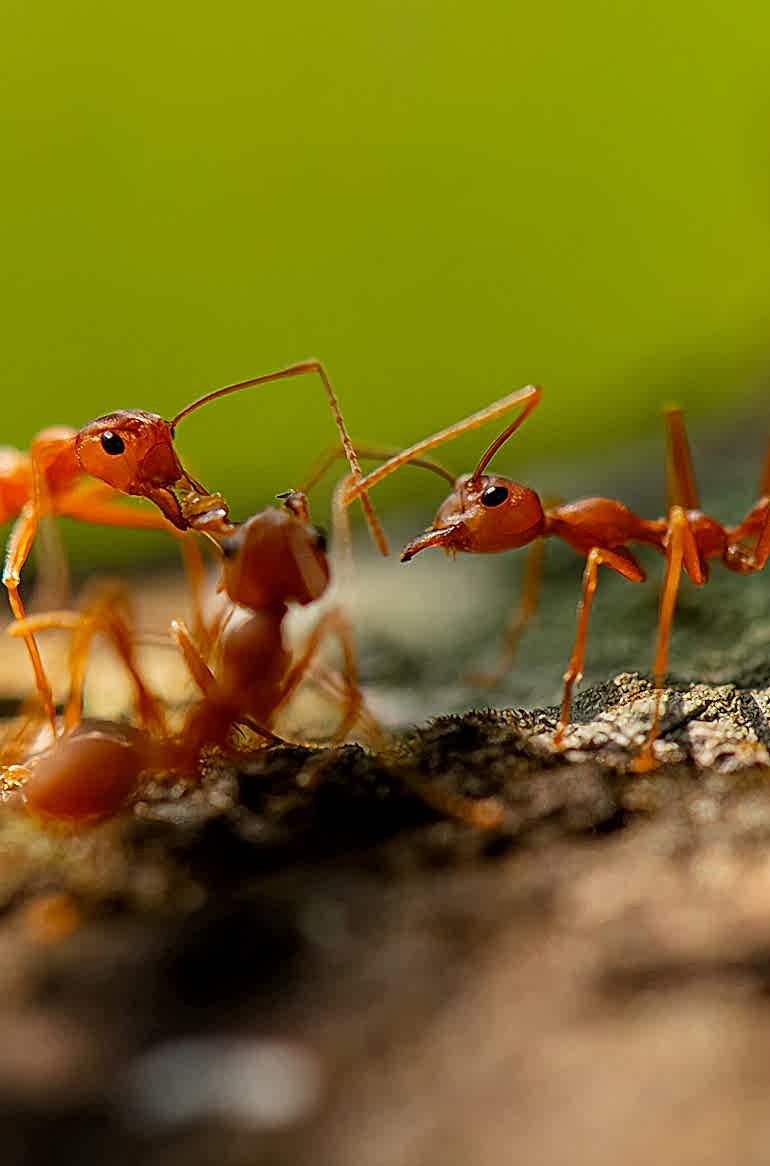
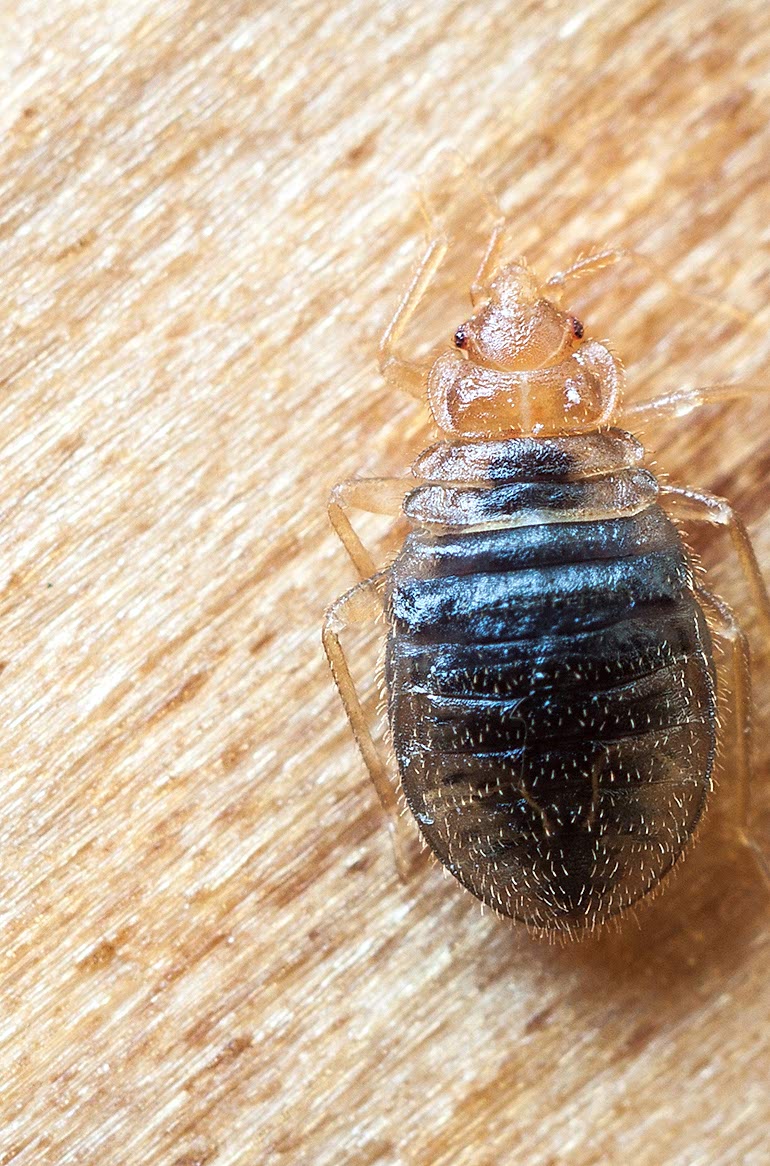
Bed bug adults are reddish-brown, oval, flattened insects from 4 to 5 mm long and 1.5 to 3mm wide before feeding. Engorged adults tend to be swollen and dull red. The eggs are white, oval, about 1mm long and covered in a sticky film which allows them to adhere to surfaces. A newly hatched nymph is almost colourless whereas engorged nymphs are reddish and swollen.
Although humans are the preferred host, bed bugs feed on many warm-blooded animals. Bed bugs usually hide in cracks or mattresses during the day and emerge at night to feed. They inject saliva as they feed and an allergic reaction to this substance often causes slightly delayed swelling, itching and burning. Under favourable conditions, each female lays 200 to 500 eggs and at temperatures above 21° these hatch in 6 to 17 days. Adults often survive up to 2 months without food, but under certain circumstances can live a year or more without feeding.
For fast, effective, tailored treatment, please give us a call on 07960082925
Adult fleas are 2-3mm in length and generally of a shiny brown appearance. They have a thin, laterally flattened body and large hind legs which allow them to jump onto passing hosts.
Flea eggs are about 0.5mm long, oval, pearly-white in colour and laid indiscriminately in the fur or feather of the host or in its nest or bedding. Four to eight eggs are laid after each blood meal and a single female may produce 800 – 1000 eggs during her lifetime, which may be as long as two years. The larvae thrive in dark humid places such as animal bedding and carpet fluff, and feed on organic debris and adult flea excrement. Cats’ bedding may support a flea population of 8000 immature and 2000 adult forms.
For fast, effective, tailored treatment and quotation please give us a call on 07960082925
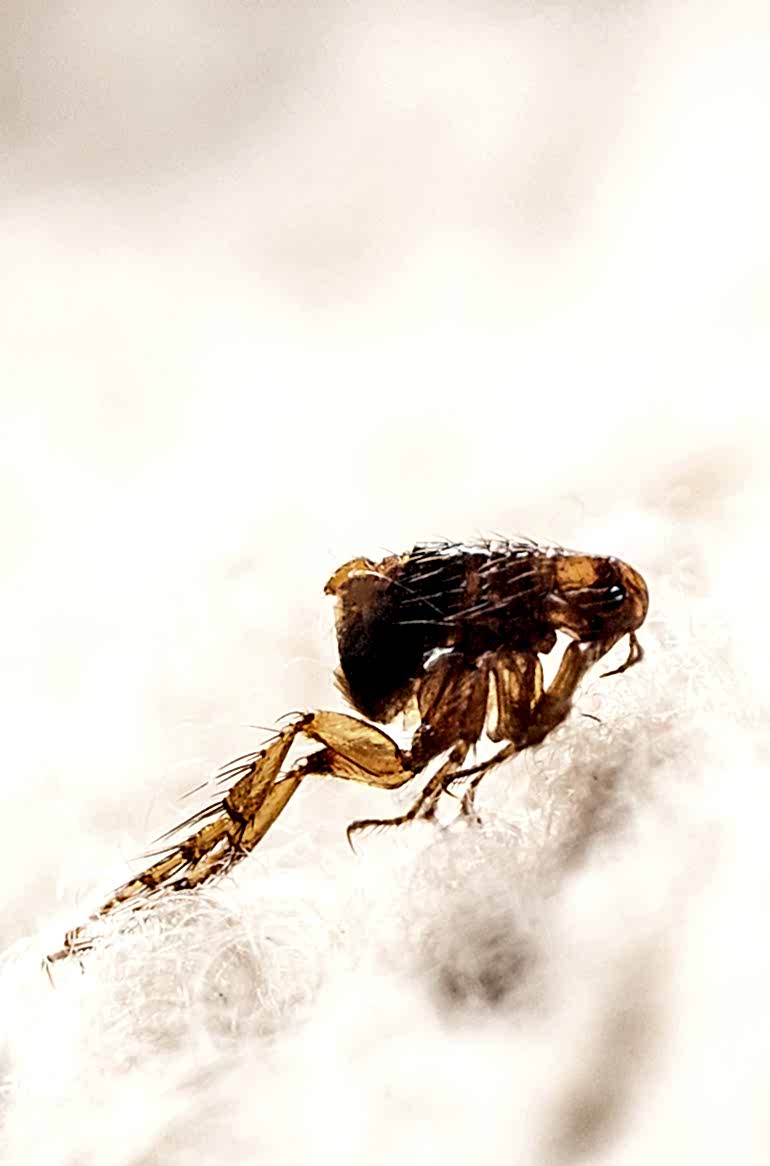
Usually dark reddish brown in colour, the adults are about 25mm long and the immature cockroaches, called nymphs resemble adults, except that they are wingless.
Unlike other pest cockroaches, Oriental’s cannot climb up smooth surfaces. Oriental cockroaches generally live in moist areas, but can survive in dry areas if they have access to water. They tend to prefer cooler temperatures and thus are common in basements, boiler houses and walkways adjacent to buildings. The Oriental cockroach breeds well in unventilated crawl spaces or basements where humidity is high. Adult cockroaches can live up to one year, during which females produce an average of 150 young. This cockroach prefers to feed on starchy foods but will adapt to survive.
Adult German cockroaches are about 17mm long and light brown except for the shield behind the head marked with two dark stripes, which run lengthwise on the body. The nymphs are wingless and nearly black with a single light stripe running down the middle of the back. Egg capsules are light tan.
Egg cases are carried by the female until just before hatching and each female may produce four to six cases during her lifetime, each containing 30 to 40 eggs. Eggs hatch in 28 to 30 days, and nymphs develop in 40 to 125 days. Female cockroaches live about 200 days, slightly longer than the male. The German cockroach produces more eggs and has more generations per year, three to four, than any other cockroach, and only a few individuals are needed to develop into troublesome infestations.
For fast, effective, tailored treatment and quotation please give us a call on 07960082925
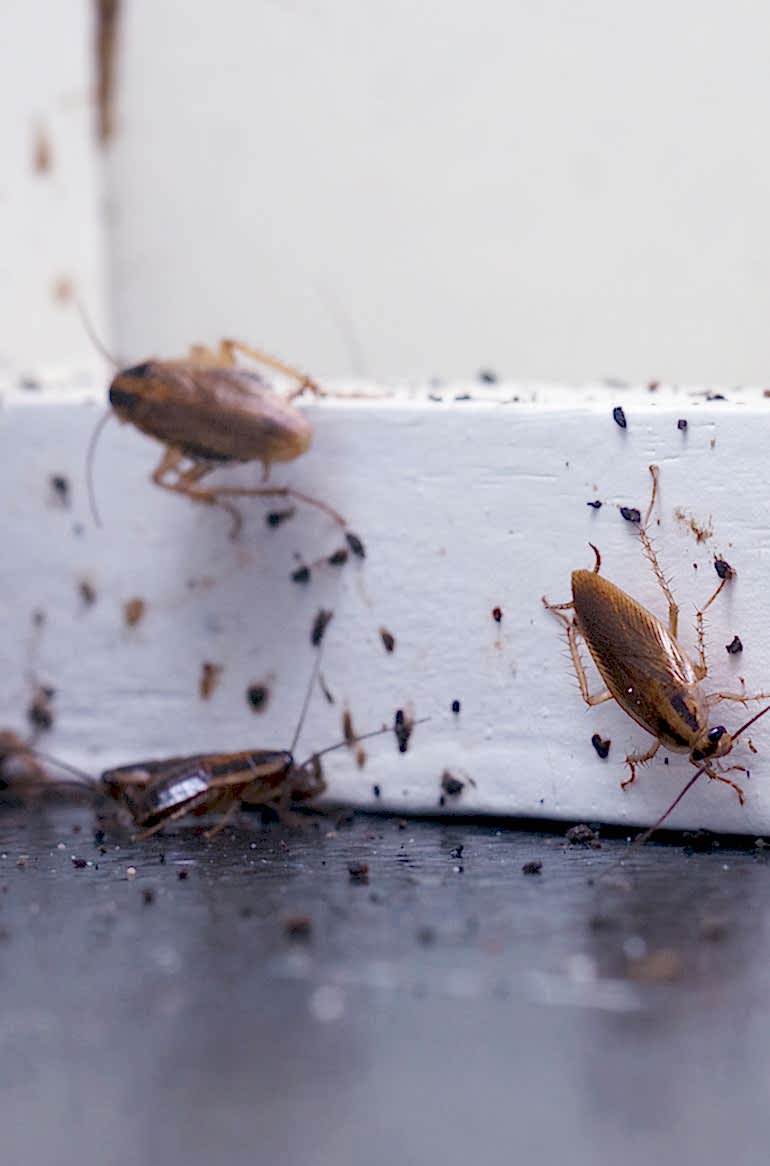
Wasps are commonly found throughout the UK and northern Europe.Like ants, they are social creatures, and form colonies consisting of workers (infertile females), males and a queen.
Hornets are part of the wasp family, and their life cycle is very much the same.
Typically, wasps' nests are found in earth banks, in buildings (roof spaces or cavities in walls), in trees or bushes.
They build nests every year, with the colder months killing off workers and males. Only the young queens survive the winter to make a new nest the following spring.
Wasps cause a nuisance for various reasons. It is usually the late summer when the workers do not have to feed the larvae with high protein food, and they can indulge in sweet substances - fruit, jams, syrups etc. They enter kitchens in search of sweet food, and while not particularly hostile, they will sting if aggravated.
As the cooler weather comes, the wasps become more irritable, and this is not helped by them feeding on over-ripe fruit, giving them the appearance of being "tipsy". Again they are better left alone when in this condition.
Earlier in the year the only nuisance caused by wasps is minor damage done to wooden fences, for example, and wooden fabric of buildings when the wood is needed to build nests.
Wasps do have a useful role scavenging for the larvae of other insects, controlling garden pests and clearing carcasses early in the season. They even dispose of rotten timber if available. However, they may carry disease picked up during their visits to dustbins, bottle banks and carcasses and can contaminate food if allowed to settle on it.
A wasp sting is caused by the injection of poison into the victim, causing redness and swelling. In some cases more serious effects occur, and you should seek medical advice if this happens.
When the nest is built in or around your property this can be especially dangerous to all occupants, including pets.
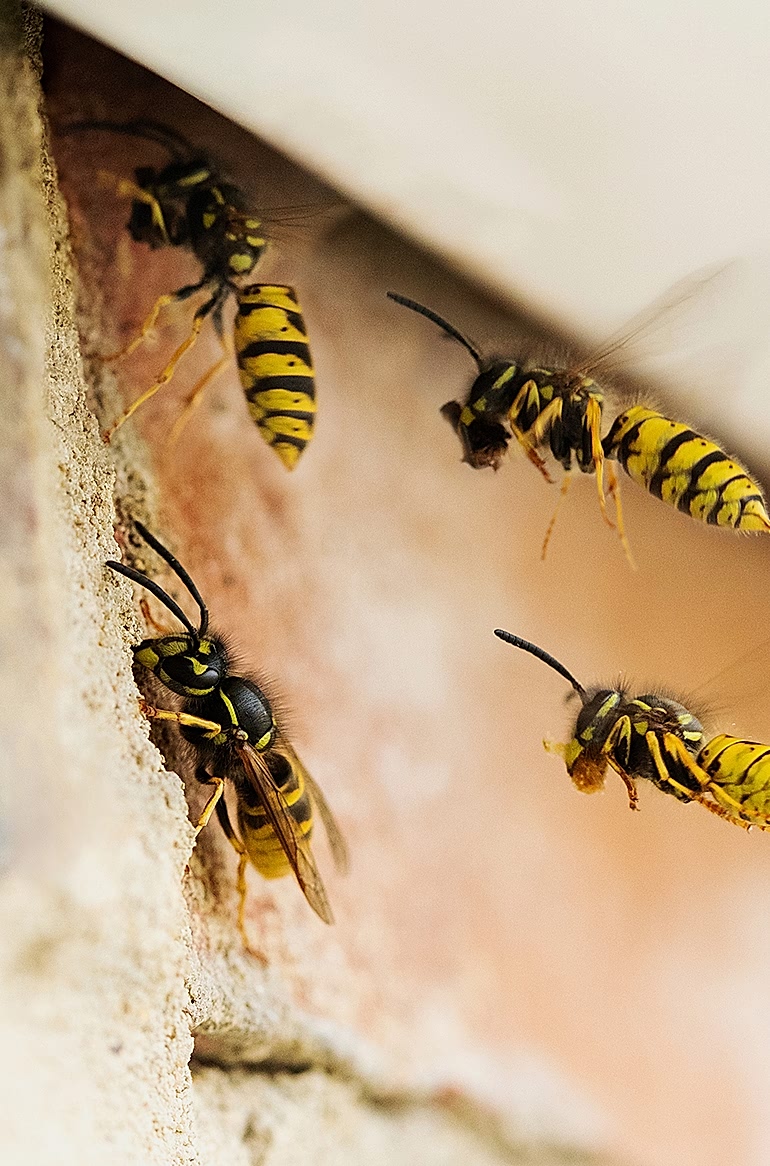
For fast, effective, tailored treatment and quotation please give us a call on 07960082925
© Copyright 2020 Webahead Internet Ltd | Privacy Policy